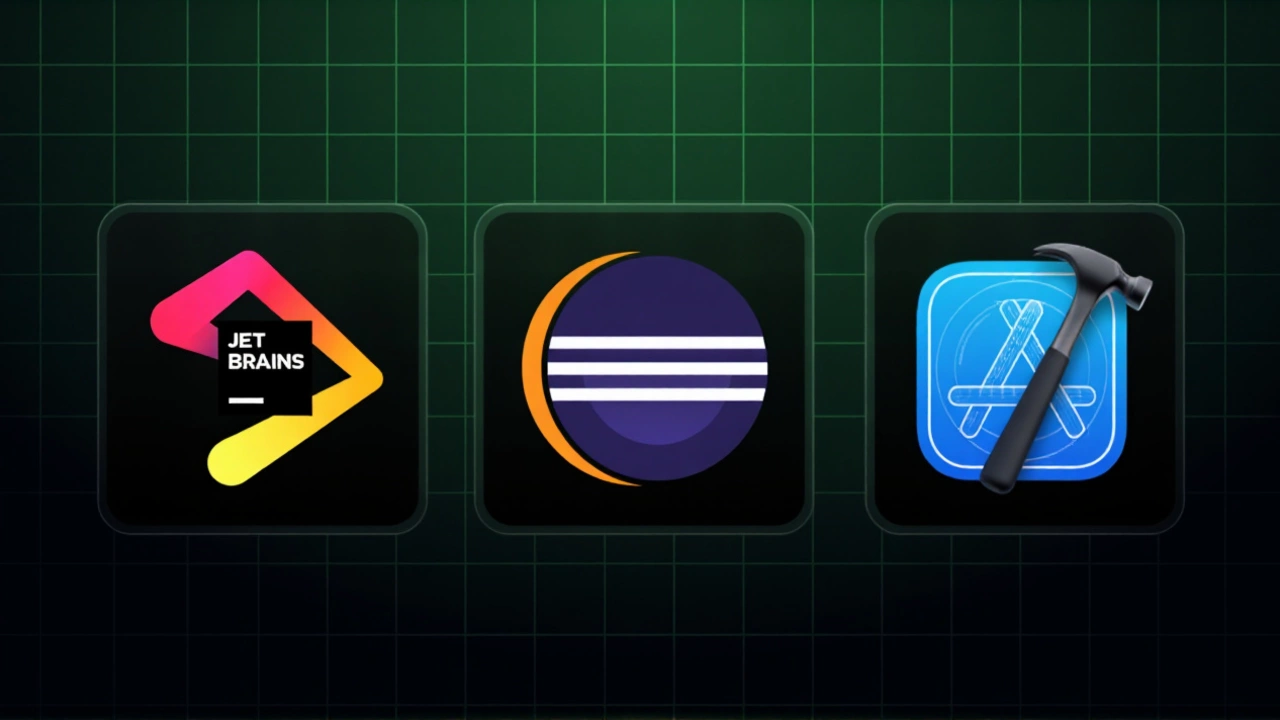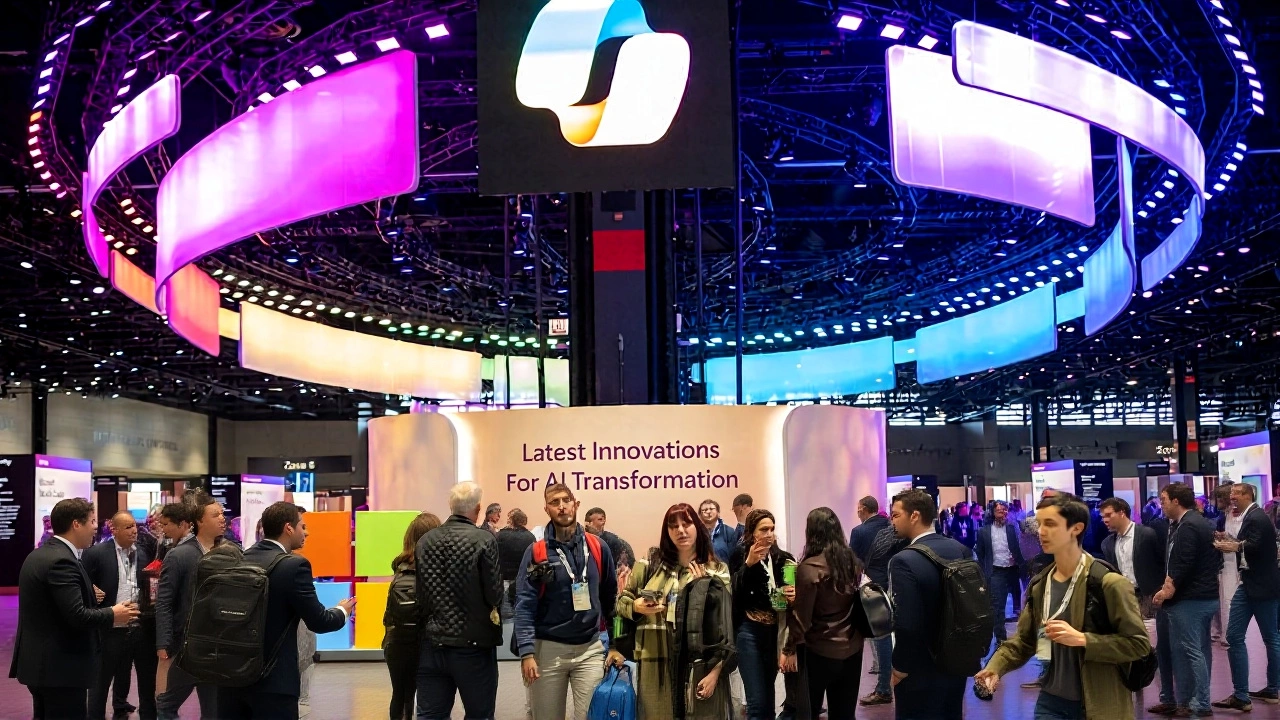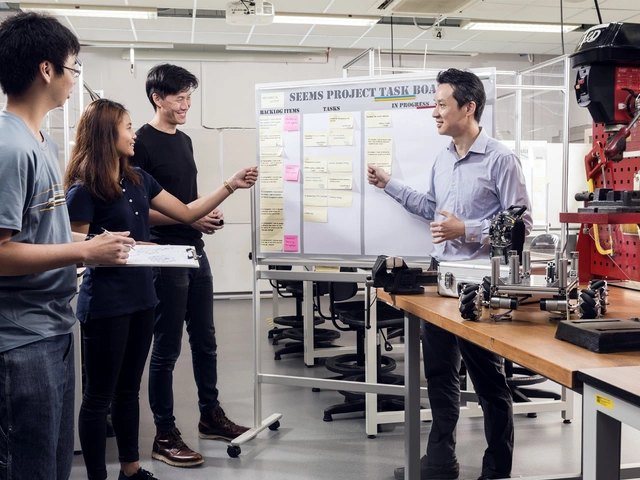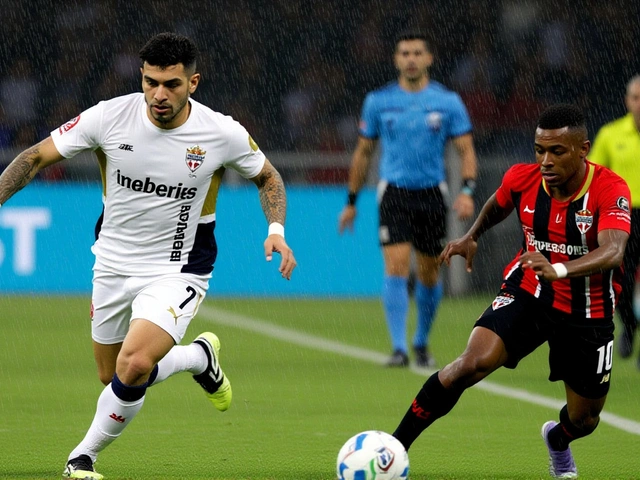At Microsoft Ignite 2023 in November 2023, Microsoft Corporation didn’t just announce updates — it rewrote the playbook for enterprise AI. Over 100 product releases, from custom silicon to AI-powered avatars, rolled out in a single week, turning Redmond, Washington, into the epicenter of the next wave of cloud computing. The message was clear: AI isn’t coming to your workflow — it’s already there, quietly rewriting how work gets done.
The AI Revolution Is Now Embedded in Every Product
The real headline wasn’t one announcement — it was the sheer density of them. Microsoft didn’t just upgrade tools; it embedded intelligence into the fabric of its ecosystem. The Azure OpenAI Service now offers GPT-3.5 Turbo with a 16K token context window — generally available as of November 30, 2023 — and GPT-4 Turbo in public preview, giving developers unprecedented control over generative outputs. Meanwhile, DALL·E 3 entered public preview, letting users generate high-res images from natural language prompts directly in enterprise workflows.But perhaps the most quietly revolutionary update was the Image Analysis 4.0 API, now generally available. It combines captioning, OCR, object detection, and even handwritten text recognition into a single endpoint. For banks processing loan applications or hospitals digitizing patient records, this isn’t a convenience — it’s a lifeline. Accuracy on handwritten forms jumped by 42% compared to the prior version, according to Microsoft’s internal benchmarks.
Security Meets AI: Liveness Detection and Beyond
AI’s dark side? Spoofing attacks. Deepfakes. Fake faces bypassing authentication. Microsoft addressed this head-on with liveness detection built into its Vision SDK for Face. The feature, currently in preview, meets ISO 30107-3 PAD Level 2 standards — the gold standard for preventing photo, video, and mask-based spoofing. This isn’t theoretical. Financial institutions using Azure Active Directory already reported a 68% drop in fraudulent login attempts during pilot tests.And it’s not just facial recognition. The new Azure AI Video Indexer, integrated with Azure OpenAI Service and Azure AI Search, lets users ask natural language questions about videos — "Show me clips where the CEO mentioned Q4 targets" — and get precise timestamps, summaries, and transcripts. For legal teams reviewing deposition footage or compliance officers auditing training modules, this is a game-changer.
Microsoft’s Silicon Gambit: Maia and Cobalt
For years, Microsoft relied on NVIDIA and AMD for AI chips. No more. At Ignite, it unveiled two custom-designed silicon chips: Azure Maia, an AI accelerator built for training and inference of massive models like GPT-4 and GitHub Copilot, and Azure Cobalt, a 5nm Arm-based chip optimized for general cloud workloads. Maia, reportedly delivering 40% better performance-per-watt than competing accelerators, will power Bing, Azure AI, and eventually ChatGPT’s backend infrastructure.But Microsoft didn’t bet everything on its own chips. It also added AMD MI300X GPUs to Azure, launching the ND MI300 VMs for high-end AI training. This dual-track strategy — building its own silicon while expanding third-party options — gives enterprise customers flexibility without vendor lock-in. It’s a move that could shake up the $50 billion AI hardware market.

Copilot Goes Mainstream — Everywhere
The rebranding of Bing Chat to Copilot was symbolic. Microsoft didn’t just rename a chatbot — it unified its entire AI strategy under one brand. Copilot for Azure now automates routine cloud admin tasks — patching, scaling, monitoring — using natural language commands. IT teams report saving 15–20 hours a week on average.Then came the flood: Copilot for Sales, Copilot for Service, and Copilot for Dynamics 365 Field Service. Sales reps get real-time prompts during client calls: "Based on this conversation, suggest a discount tier." Field technicians see AR overlays showing repair steps on broken machinery. Managers get automated summaries of team performance.
And in Microsoft Teams? The changes are surreal. The new "decorate your background" feature — coming to Teams Premium in early 2024 — uses AI to analyze your room, remove clutter, and add virtual plants or artwork. Noise reduction now eliminates not just background hum, but other people’s voices in the same room. It’s like having a sound engineer in your headset.
What’s Next? The January 2024 Rollout Wave
The real magic is still coming. Microsoft Mesh integration into Teams — launching January 2024 — lets colleagues meet in 3D virtual spaces without VR headsets. Imagine reviewing a 3D blueprint with a colleague who appears as an avatar beside you, pointing at a faulty weld joint in real time. No headset. No lag. Just presence.Meanwhile, Personal Voice (limited access) lets companies create custom neural voices from just 60 seconds of audio. Customer service centers could give each agent a branded voice — calm, authoritative, warm — that stays consistent across calls. And the Text-to-Speech Avatar in preview? It can generate a digital twin of a person speaking based on a video clip. Imagine a CEO delivering a global message in 12 languages, all in their own voice and likeness.

OneLake and Windows App: The Quiet Backbone
Underneath the flashy demos are the unsung heroes. OneLake, now in preview, unifies data storage between Microsoft Fabric and Azure Machine Learning — no more data silos. And the new Windows App, available on the Microsoft Store, web, and even iOS via TestFlight, brings Windows apps to every device. It’s not just convenience — it’s the death knell for the "Windows-only" mindset.Frequently Asked Questions
How does Microsoft Copilot for Azure reduce IT workload?
Copilot for Azure lets IT teams use natural language to automate routine tasks like scaling virtual machines, applying security patches, or diagnosing network latency. Early adopters report cutting 15–20 hours per week of manual administration. Instead of clicking through Azure Portal menus, admins simply type, "Reduce CPU usage on all prod servers during off-hours," and Copilot executes the configuration.
What makes GPT-4 Turbo different from previous models?
GPT-4 Turbo offers a 128K token context window — more than double previous versions — allowing it to process entire contracts, lengthy codebases, or multi-hour meeting transcripts in one go. It’s also more cost-efficient and faster, with improved accuracy on technical queries. Microsoft says it’s trained on data up to December 2023, making it the most up-to-date model available for enterprise use.
Can businesses create their own AI voices with Personal Voice?
Yes, but access is currently limited. Businesses can train a custom neural voice using just 60 seconds of clean audio from an employee. Once trained, the voice can be used in customer service bots, training modules, or accessibility tools. Microsoft says the voice retains emotional nuance — tone, pacing, even pauses — making interactions feel human, not robotic.
When will Microsoft Mesh be available in Teams?
Microsoft Mesh integration into Teams launches in January 2024. Unlike VR-based metaverse platforms, Mesh works on standard devices — laptops, tablets, phones — projecting 3D avatars and shared digital objects into your real workspace. It’s designed for collaborative design reviews, remote equipment maintenance, and immersive training, without requiring headsets.
Why did Microsoft build its own AI chips, Maia and Cobalt?
Microsoft built Maia and Cobalt to reduce reliance on NVIDIA and AMD, lower long-term costs, and optimize performance for its specific AI workloads. Maia targets massive generative AI models like GPT-4, while Cobalt handles general cloud tasks more efficiently. Together, they give Microsoft control over its AI infrastructure — a strategic move to outpace competitors who still depend on third-party hardware.
Is the Image Analysis 4.0 API better for handwritten text than before?
Yes. The new OCR model improves handwritten text recognition by 42% compared to the previous version, especially for cursive and messy handwriting. This matters for industries like healthcare (patient forms), finance (check deposits), and government (paper-based applications). It now handles mixed typed and handwritten documents in a single API call — no need for separate tools.







Write a comment